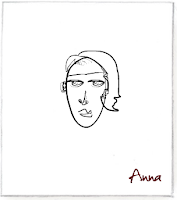Information
texts
In literacy we have been
inventing our own dragons and describing them. We focused on the Elm-Ridge Back
and the Thunder Dragon.
The Elm Ridge-back a
rare form of dragon, which is seen across the town of Accrington.
When we were
planning our dragon we had different categories such as:
Definition, what is it
called
Description, what it
looks like
Location/habitat where
it is found
What it is best known
for
A final point or amazing
fact/issue.
After we finished our plan
we extended it using interesting vocabulary to describe the dragon very well. Words
that we liked to describe the Elm-Ridge Back included:
Rare
Tinge
Tamed
Mysterious
Beautiful
Other words in the
information text included:
Identify
Enables
Concerned
Disastrous
Words that we liked to
describe The Thunder Dragon
Lucky
Brilliant
Terrifying
Much Feared
Thunderous
Unusual
Misunderstood
Other words in the
information texts:
Recognise
Renowned
Examples of excellent
work from our information writing:







